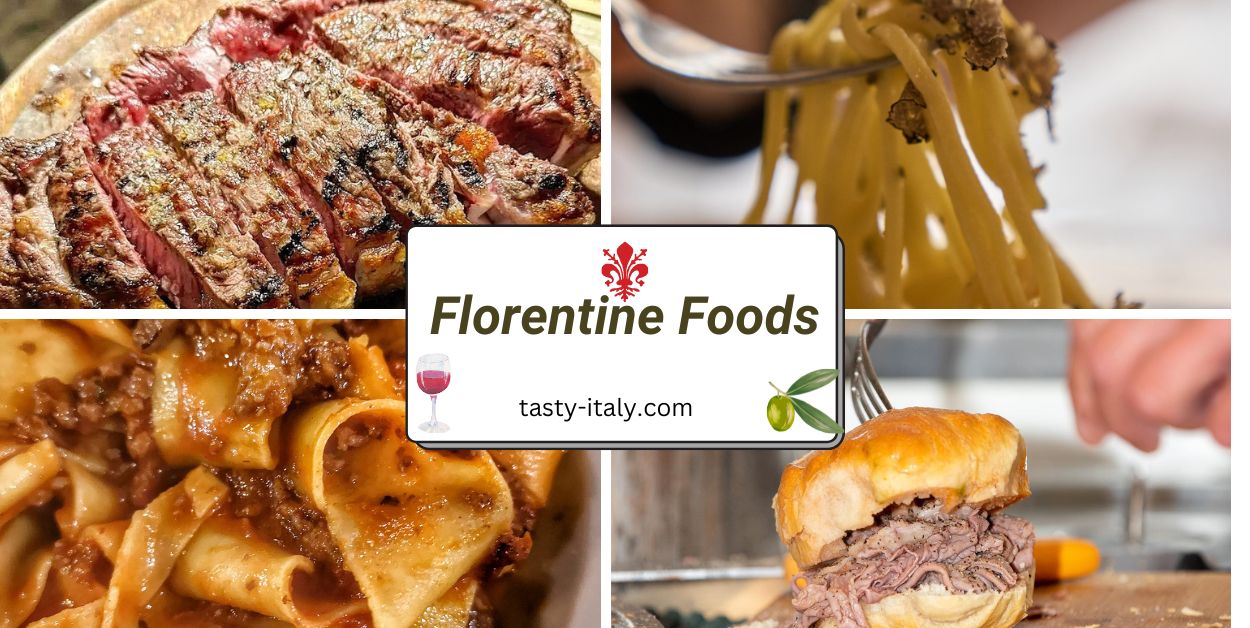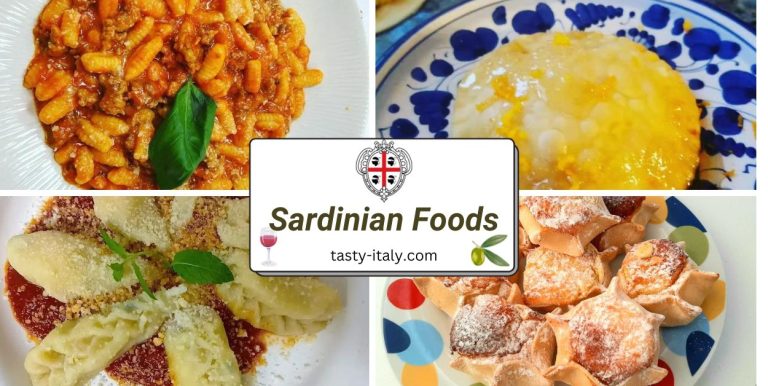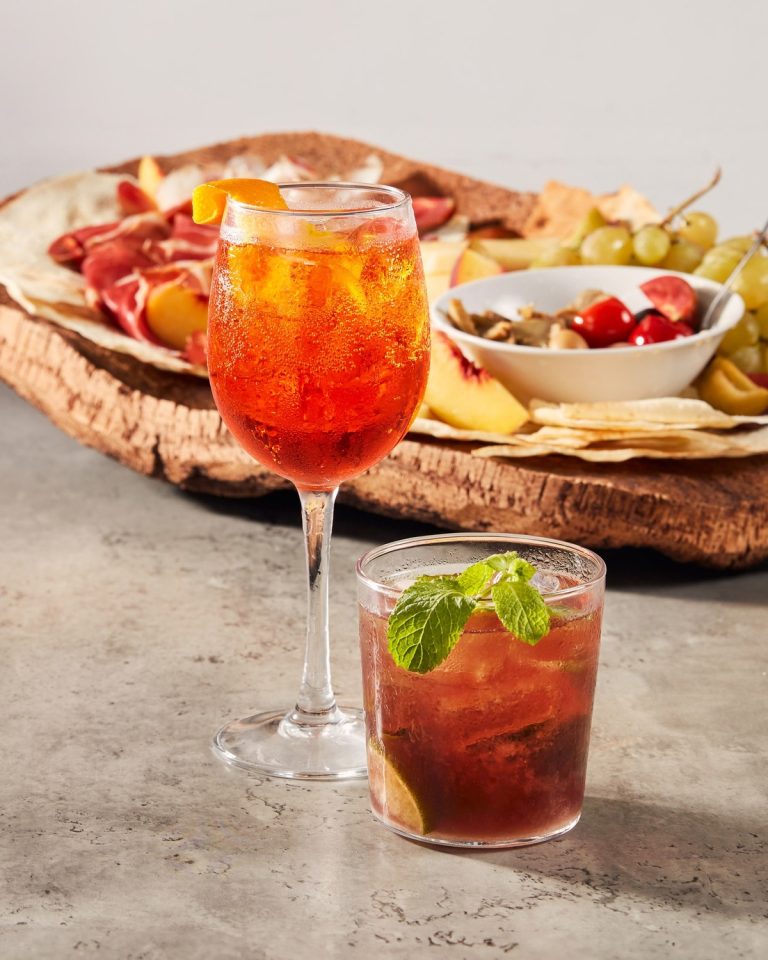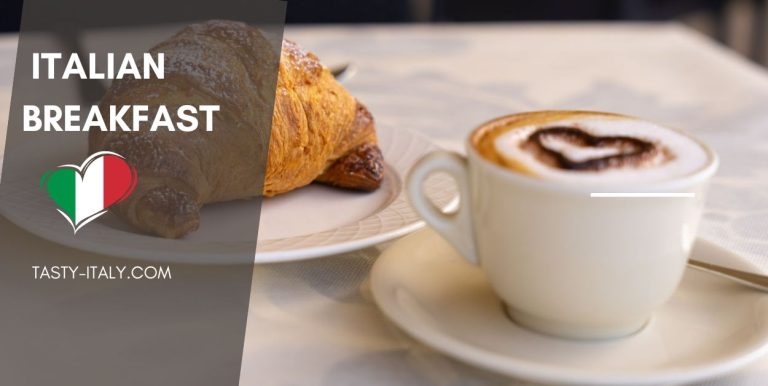14 Must-Eat Foods in Florence, Italy
Located on the western coast or central Italy is the region of Tuscany (called Toscana in Italian). And in the region of Tuscan is a world-renowned city that is celebrated for being the birthplace of the Renaissance. Florence, known to Italian speakers as Firenze, is the home of many beautiful things, like Michelangelo’s David statue, the architecturally significant Duomo, and the invention of the pianoforte (piano). I would also like to argue that the innovative foods that were born in Florence and the surrounding Tuscan countryside should be considered a beautiful contribution to the world.
Every region of Italy has its own unique culture, dialect, and cuisine. And of course Tuscany (which includes the major city of Florence) has its own set of specialties that any visitors to the region absolutely must try. These are fourteen foods that originate in Florence and the Tuscan hillsides that deserve a moment of recognition.
Pane (Tuscan Bread)

Bread comes in all sorts of shapes and sizes, but what makes Tuscan bread unique is its ingredients – or rather, its lack of a particular ingredient. Tuscan bread is made from nothing but water, yeast, and wheat flour. No salt. The texture is satisfying with a soft and chewy inside, and a hard and crunchy outside. But the overall flavor is extremely bland. This plain flavor is purposeful; without salt, you can add whatever toppings you want without the salt in a regular loaf of bread overpowering the flavors of your chosen spread. Tuscan bread is merely a delivery boat for getting other ingredients to your mouth. Even stale bread is well-loved in Florence. It is often used as a primary ingredients in dishes like pappa al Pomodoro and panzanella.
Schiacciata

Traditional Tuscan bread may be flavorless, but schiacciata is anything but. Schiacciatta is a type of Tuscan flatbread, similar in idea to focaccia, but crispier, chewier, and a bit oilier. It is made with flour, yeast, oil, water, and a bit of salt. The name schiacciata comes from its preparation method, in which the bread dough must be “squashed” by hand into the pan during its short rising period. This particular type of bread is delicious alone or made with tomatoes, onions, or olives cooked into the dough. It is also a favorite Florentine option for sandwich bread. In fact, locals don’t even consider sandwiches made with schiacciata to be panini (the Italian word for sandwiches). The word schiacciata can also be used to mean any sandwich made with that type of bread.
Crostini Toscani

Another popular Italian bread-based dish is called crostini. The Tuscan version is therefore referred to as crostini toscani. These are thinly sliced bites of bread spread with a chicken liver pâté. Traditionally, this dish was made with leftover stale bread that was too hard to eat otherwise, so the slices were softened with a ladle of broth before being covered with the chicken liver spread.
Taglieri Toscani

Taglieri translates to English as “cutting boards” – and that is exactly what this dish is typically served upon. The traditional Tuscan taglieri include various cold cuts and cheeses served in slices on the board. It may also include bread, olives, bruschetta, or crostini (like those mentioned in Number 3). In essence,
taglieri toscani is the Italian name for a regional charcuterie board. There are a lot of types of meats and cheeses that could be added to a charcuterie board, but the favorites in Florence are prosciutto crudo, salame, finocchiona, and mortadella for meats, and pecorino for cheese.
Coccoli

This typical antipasto is potentially the least healthy of all on this list. It is fried chunks of dough. It is oily, bready, and delicious in every way. To make a good thing even better, coccoli are typically served with stracchino (a type of soft and creamy cheese) and prosciutto crudo.
Porcini

Italians, especially Tuscans, love their mushrooms. They love porcini mushrooms possibly most of all. The common name comes from the Italian word for “little pigs” because pigs ate the mushrooms as happily as we humans do. Unfortunately for us, porcini have a short autumn harvest season which puts them in high demand; in other words, porcini mushrooms can get rather expensive. Because of their short harvest season, fresh porcini are hard to come by, and so dried porcini have become a commonplace way to make the mushrooms last longer and are still equally delicious as fresh. These mushrooms, especially when fresh, have a strong flavor, making them excellent for adorning pastas and risottos.
Tartufi (Truffles)

Another common fungus in Tuscan cuisine is the truffle, called tartufo in Italian. Unlike their porcini mushroom cousins, truffles grow under the ground, thus making them less easy to locate and harvest. In fact, truffles are hunted with the help of specially trained dogs. Similar to porcini, tartufi have an extremely strong taste and smell. It can also be dried to make the truffle last longer, but the quality is considered to be lower when dried. In order to tell if your tagliatelle funghi porcini e tartufo dish has fresh ingredient, take a sniff. If you cannot easily smell the truffles, they aren’t fresh.
Ribollita

Ribollita is considered to be a “poor man’s dish”, but that doesn’t make it any less delicious. This gross- sounding name literally translates to “re-boiled”. Even the ingredients list is a bit unappetizing, in my opinion; it is a soup made with leftover stale bread and whatever beans, cabbages, and vegetables you have on hand. The main purpose of this dish in older times was to use up the food in the kitchen before it went to waste. In the end, this dish becomes a thick, hearty soup that soothes the soul in winter.
Pappardelle con Ragù di Cinghiale

This pasta is a Florentine specialty based on a common Tuscan animal. Pappardelle are long, flat, and wide pasta strips, kind of like fat fettucine. Ragù is a common sauce made from slow-simmering meat with either wine or tomatoes. In this case, ragù di cinghiale is a sauce made from the meat of a wild boar simmered in both wine and tomato. Wild boar, called cinghiale in Italian, are common animals in Italy, and equally common to cook. You likely won’t find cinghiale in just any Italian supermarket, however; instead, it is most commonly acquired through a specialty butcher shop or simply hunting the animal yourself.
Lampredotto

Lampredotto, much like ribollita, is another surviving peasant dish. It takes its name from purposefully butchering the word for “lamprey”; while the rich upper class ate genuine lamprey, the poorer peasants ate the much cheaper lampredotto instead. That is, they ate the fourth and final stomach of the cow.
After being boiled and seasoned, this dish becomes surprisingly delicious. Served on a sandwich with a spicy salsa, it is also extremely common as a street food.
Bistecca alla Fiorentina

For the carnivorous visitor to Florence, the bistecca alla fiorentina is a necessary food stop. It’s an immensely thick-cut T-bone steak, originally coming from the sirloin area of a Chianina cow. The beef is left to hang and age for 15 to 20 days before it is ready to be made into steak. A bistecca’s height is measured by finger widths, and should measure approximately 3 to 4 fingers. And, yes, that is twice the height of any steak I ever saw in America. The unique thing about this massive steak is its cooking process. It is cooked for only a few minutes on each side, and then another minute or two standing up on its thick width. In the end, this creates a very red and very warm (not hot) inside. It is typically served nearly rare. Due to the thickness of the meat, the bistecca alla fiorentina cannot be cooked any more than that without over-cooking the outer portions until it tastes like rubber. Salt, oil, and pepper are only added to season the meat after it has been cooked.
Cantuccini and Vin Santo

Cantuccini are hard, crunchy, and oblong cookies. They are what my American coffee shop always called “biscotti”, which in reality is merely the Italian word for “cookies” in general. Tuscan cantuccini can come in a variety of flavors, but almond is the most common. Because these cookies are almost rock- hard, they are typically served with a dessert wine for dipping and softening the cookies. In Tuscany, the most popular choice for a dessert wine to pair with cantuccini is called Vin Santo.
Schiacciatta alla Fiorentina

If the name of this dessert sounds familiar to you, you may be thinking about number 2 on this list: schiacciatta. But, no, these two dishes are not related at all. This schiacciatta alla fiorentina is not a bread, but a cake. The flat sponge cake is flavored with citrus zest, sliced in half horizontally, and then filled with a thin layer of cream. To give this cake its signature “alla fiorentina”-look, it is dusted with powdered sugar (or cocoa powder) and decorated with the flowery symbol of Florence, the giglio.
Vino (Wine)

Florence, the capital of the region of Tuscany, is considered to be the “wine capital of Italy”. The rolling hills of the Tuscan countryside make perfect soil for growing grapes. The most famous wine brand takes its name from the specific, historic, and clearly defined area of land that produces the grapes between Siena and Florence: Chianti Classico.







